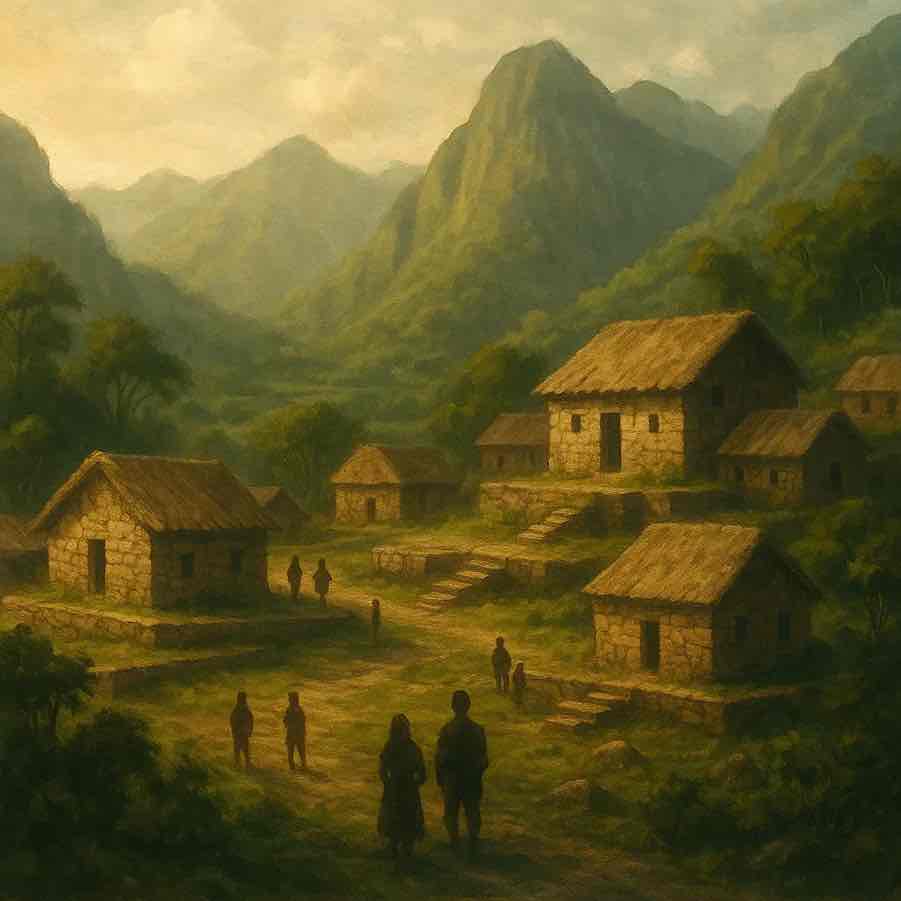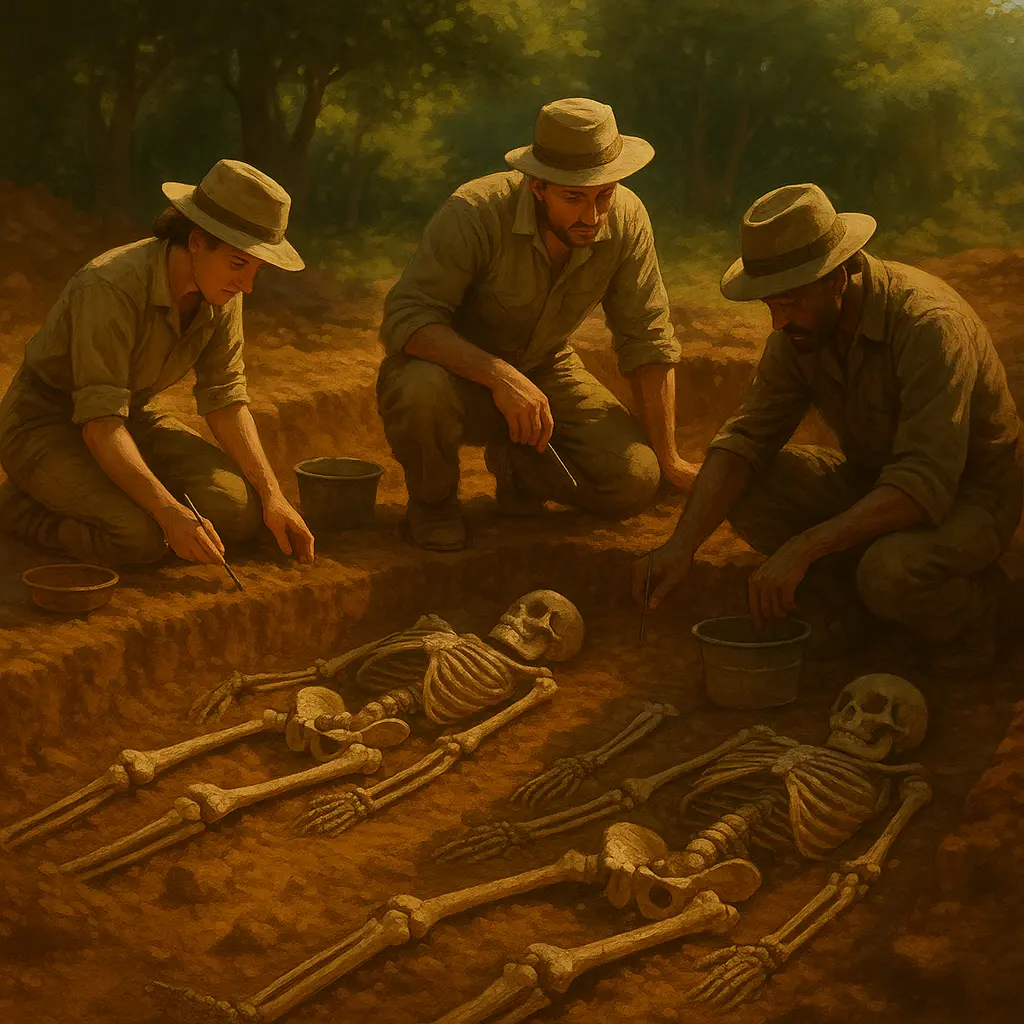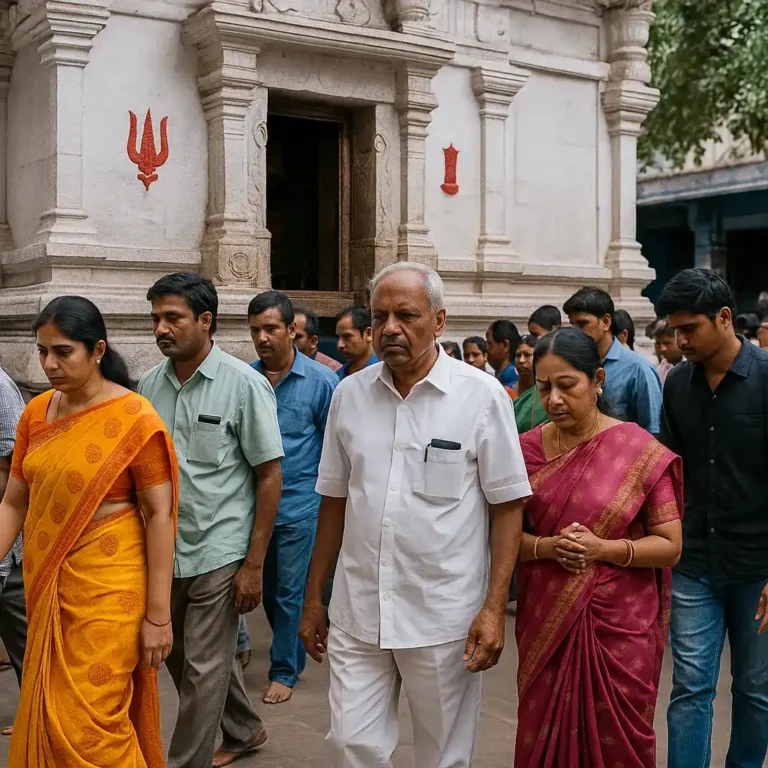The Ancient DNA Discovery in Colombia has stunned scientists worldwide, shedding light on a mysterious group of people who once lived in the Andes but left no genetic trace in modern populations. Unearthed in the highlands near Bogotá, skeletons dating back nearly 6,000 years revealed DNA unlike any seen in present-day Indigenous communities. This breakthrough challenges long-held theories about migration, ancestry, and human diversity in South America.
The Unearthed Skeletons and the Ancient DNA Discovery in Colombia
Archaeologists working in the Bogotá savanna uncovered the remains of individuals buried around 4000 BCE. The bones were well-preserved, allowing researchers to extract and sequence DNA. To their surprise, the genomes did not match any known lineage in South America today. Instead, the sequences suggested an isolated population that thrived for centuries before vanishing entirely [¹].
Also read: How the Human Sausage Case in Brazil Became South America’s Darkest Legend
A Vanished Lineage
Genetic analysis revealed that this ancient community had no direct connection to modern Andean populations. Unlike groups such as the Muisca or the Inca, whose heritage can still be traced, this mysterious group seems to have left no descendants.
- Age of skeletons: about 6,000 years old.
- Location: Bogotá highlands, Colombia.
- Genetic identity: isolated, with no living relatives today.
This raises haunting questions: Were they wiped out by disease, conflict, or environmental change? Or did they merge with other populations so completely that their DNA vanished over time?
Rewriting Migration History
The Ancient DNA Discovery in Colombia also reshapes our understanding of migration into South America. Scientists previously believed that all Indigenous groups in the region shared a common ancestral root. This finding proves that early populations were more diverse and that multiple migration waves may have shaped the continent’s past [¹].
For researchers, this discovery is a reminder that the genetic history of the Americas is still incomplete—and that hidden chapters remain buried beneath the soil.

The Legacy of the Discovery
Though the community itself vanished, their bones provide a unique glimpse into human adaptability. Living in the Andean highlands required resilience to cold temperatures and high altitudes, making their survival a testament to human endurance. Their disappearance, however, highlights how fragile isolated populations can be.
Conclusion
The Ancient DNA Discovery in Colombia is not just a scientific breakthrough—it is a window into humanity’s forgotten diversity. The vanished lineage from Bogotá’s highlands proves that entire peoples can rise, thrive, and disappear without leaving genetic heirs. Their rediscovery reminds us that human history is full of mysteries waiting to be unearthed, and that every ancient bone has a story to tell.
Also read: Zombie Rabbits with Horns! A Horrifying Phenomenon in Colorado.







